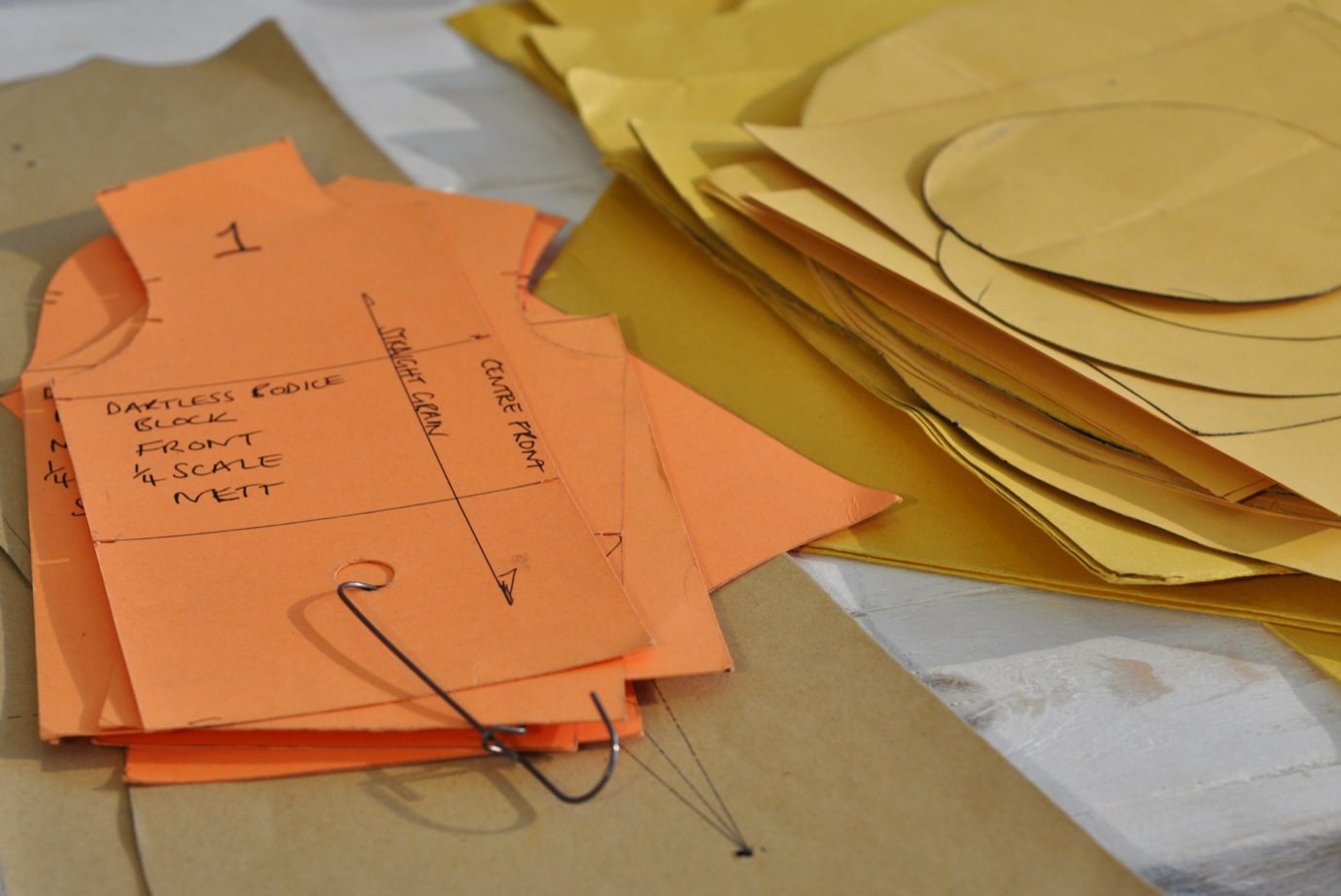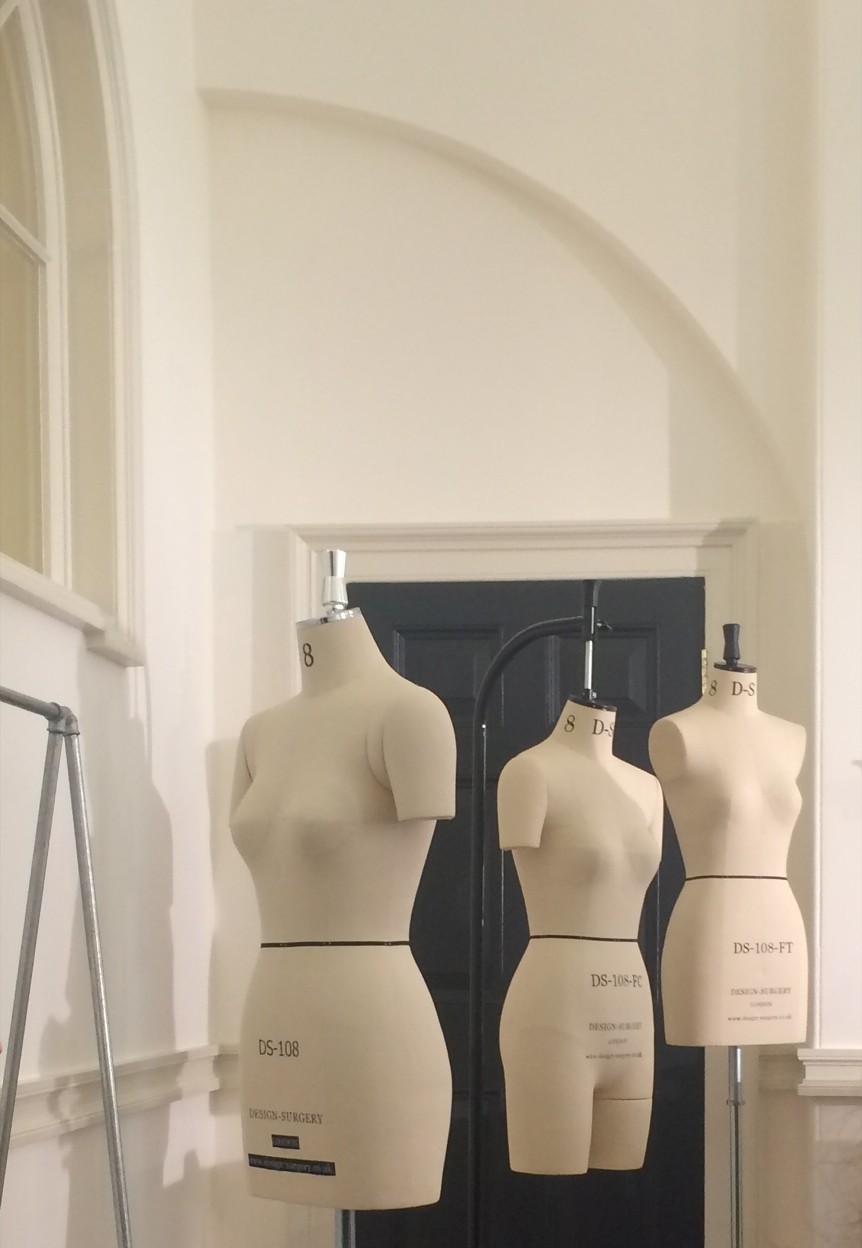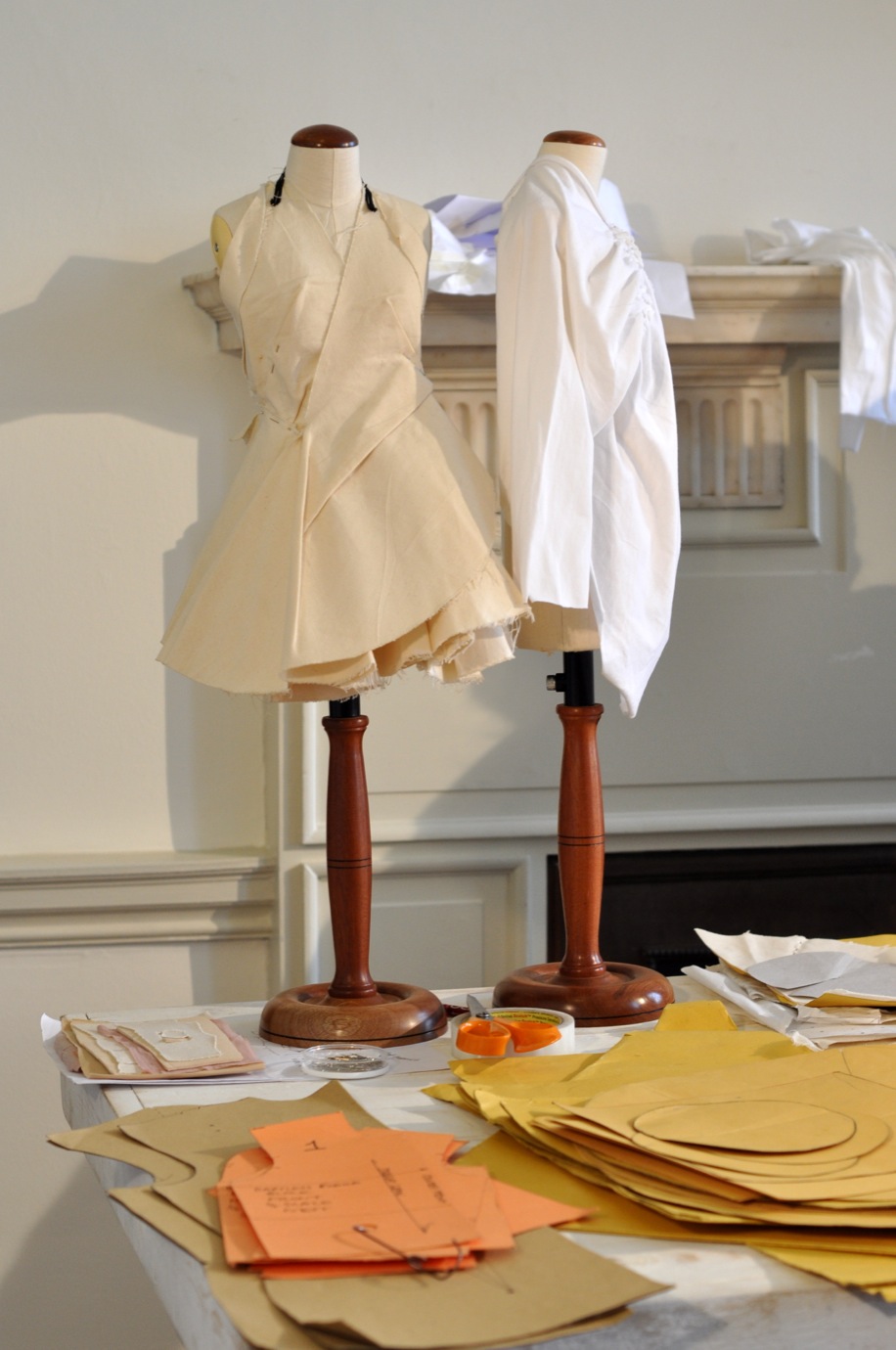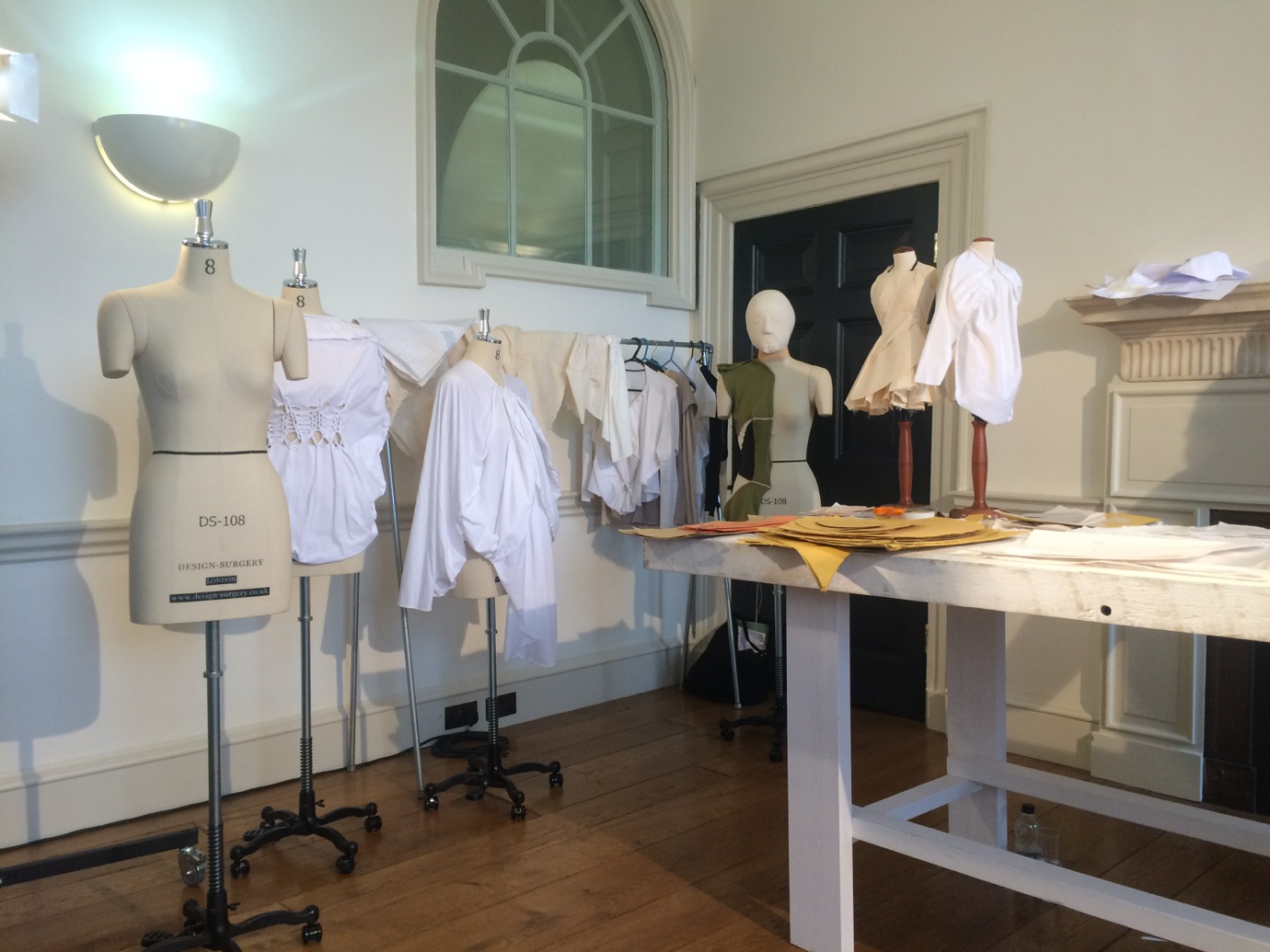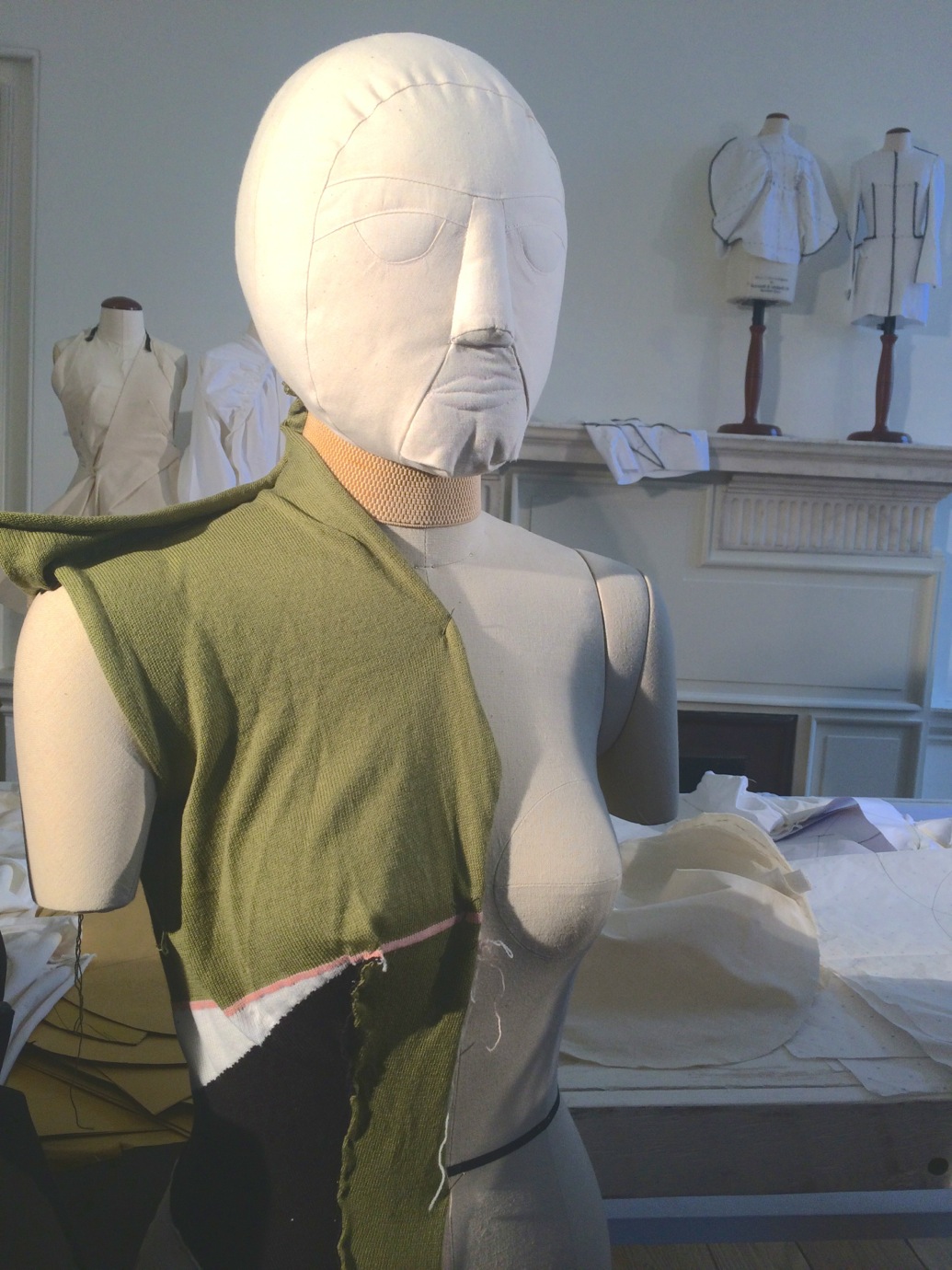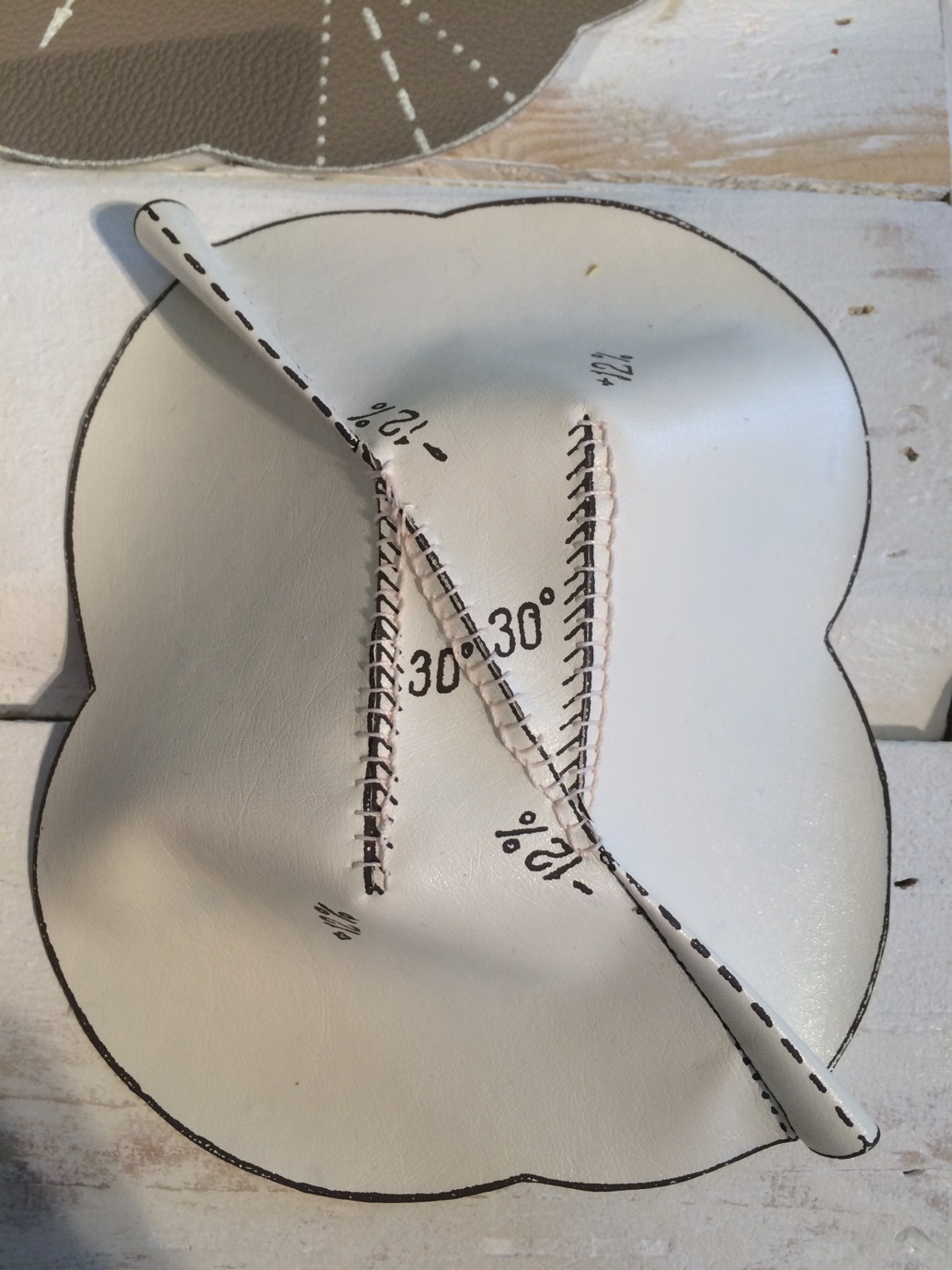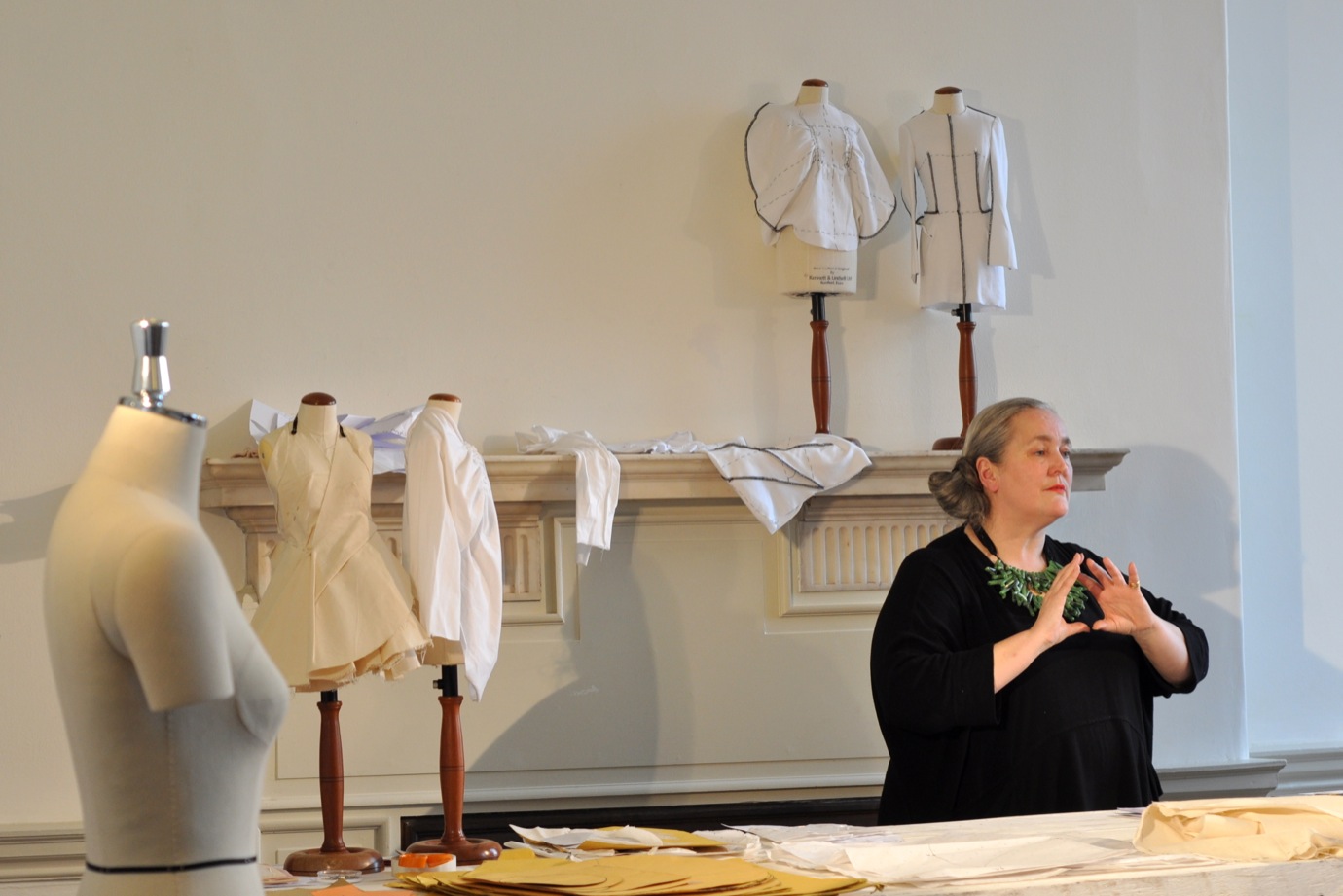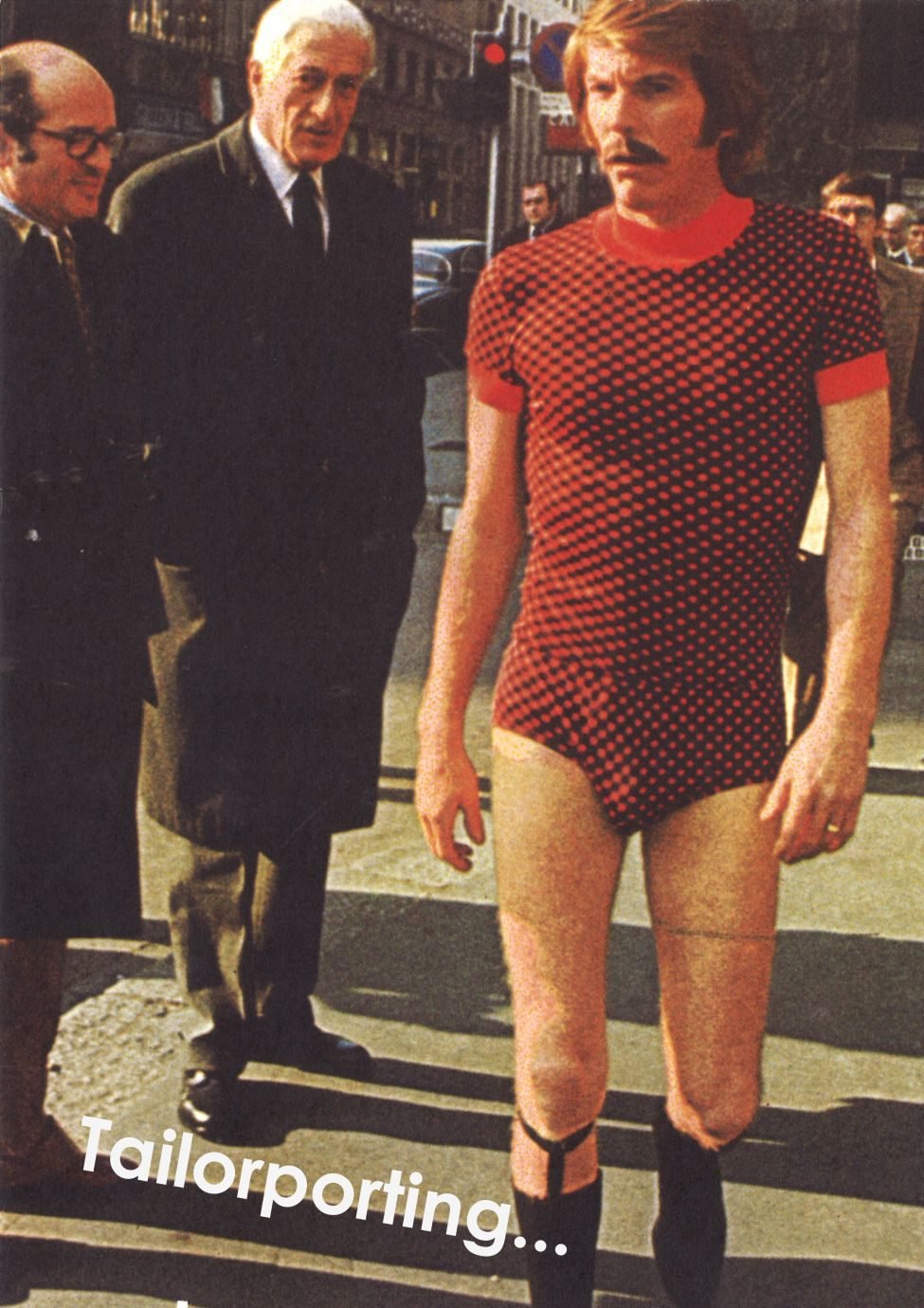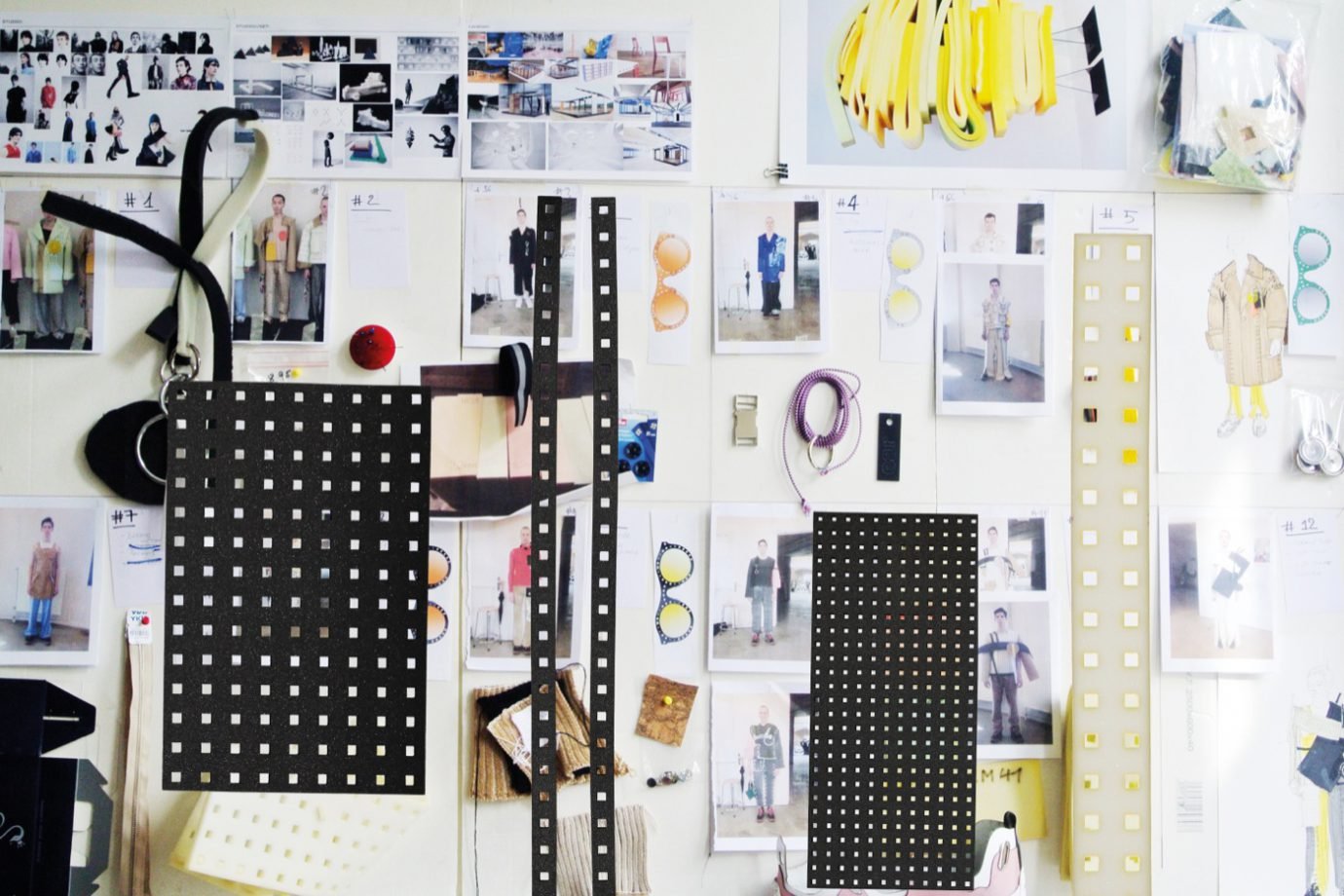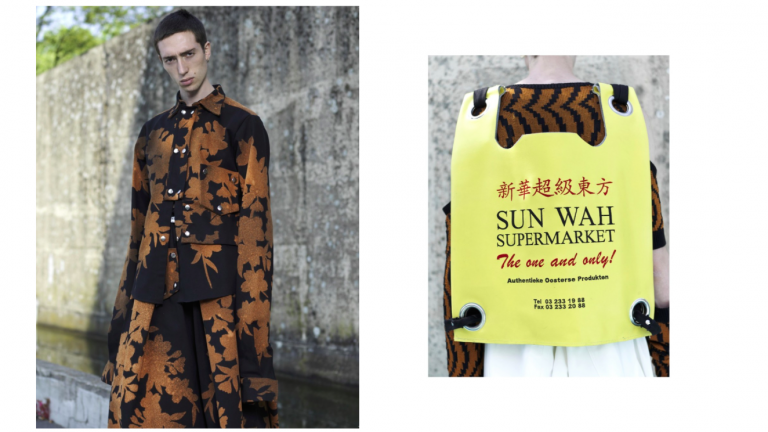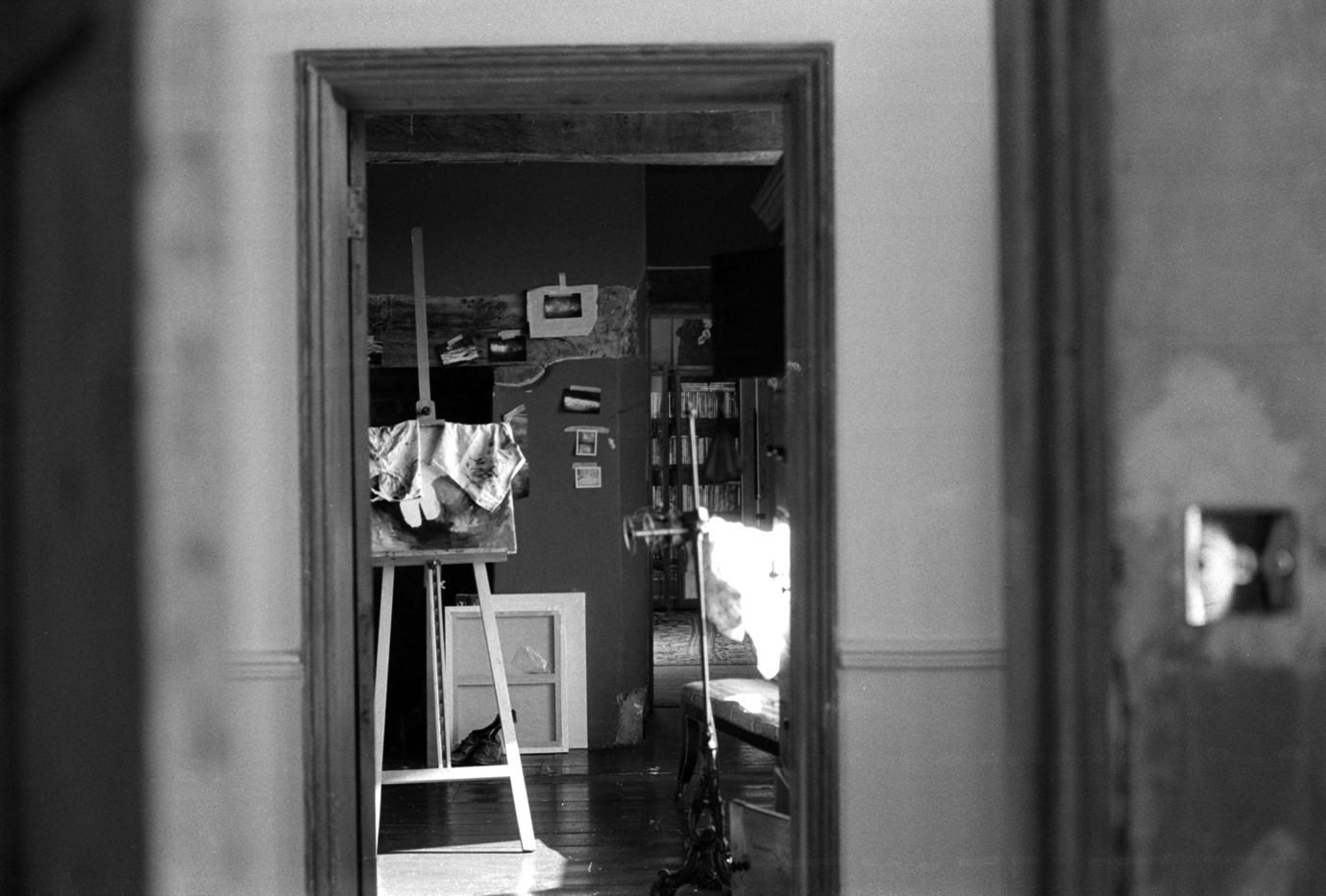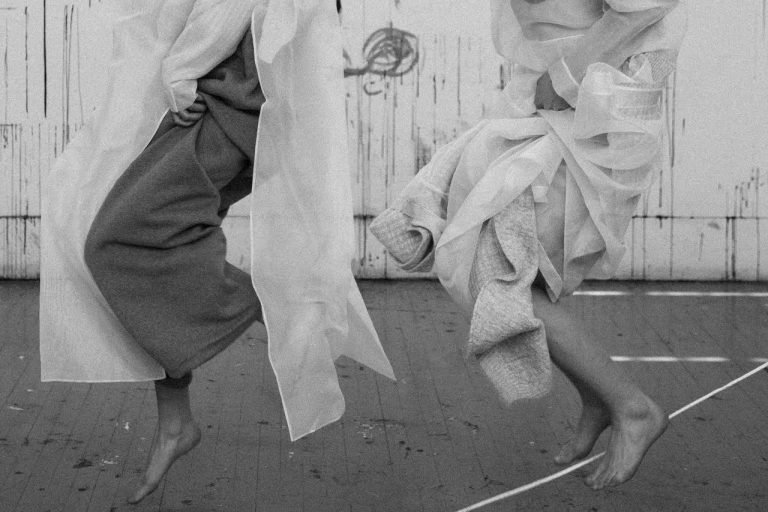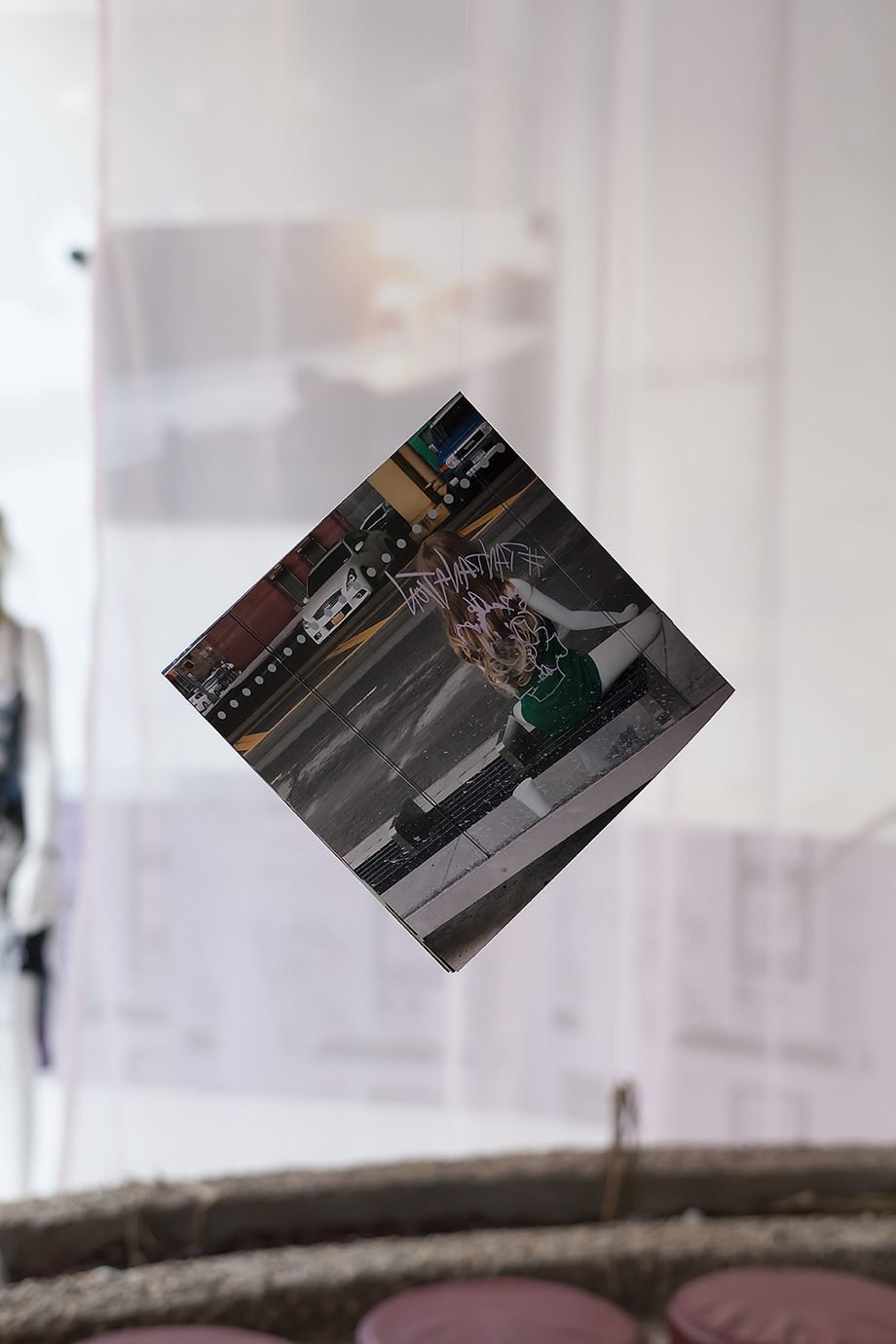“THE KEY TO THE GROWING COMMERCIAL SUCCESS OF THE BRAND IS THE PRICE POINT.”
The Anne Tyrrell Creative Pattern Cutting Seminar is an annual event held by the British Fashion Council to raise awareness of the importance of technical skills involved in the creative process of designing and making. Students, graduates and professionals gathered at Somerset House hoping to learn about different approaches of solving problems and achieving desired results in the area of pattern cutting. Speaking of problem-solving, we got the invitation to this great event from Jan Bigg-Wither, our very own creative pattern tutor at Central Saint Martins, whose hand-crafted, specially engineered and made-in-Japan mannequins were chosen to be used for all the demonstrations given by the speakers during the event. You can learn more about Jan and the mannequins she developed from our interview with her in the summer.
The seminar was kicked off with a conversation between Caroline Rush, the Chief Executive of the BFC, and the two creatives behind the London-based label Peter Pilotto. Peter founded the eponymous label with Christopher De Vos after graduating from the Royal Academy of Fine Arts in Antwerp. Christopher gained valuable experiences at Vivienne Westwood in London before they joined forces. Print with intricate structures and draping is the key identity of the brand; hence Christopher pointed out that “apart from the creative side of pattern cutting to push the shapes, we need an in-house technical team as well, to keep the fit of the garments right.” He stated that the key to the growing commercial success of the brand is the price point. “It is really about working out the limitations of your fabrications.”
An interesting fact the duo pointed out, was that a lot of the pattern cutters they have worked with throughout the years, are German. “I think it’s because of their culture of long studies. Pattern cutting is something you really need to learn through time and making, unlike draping, which you might have a natural talent for.”
When asked how difficult it was for them to collaborate with American retailer Target, as one can imagine the restrictions that came with it; Peter surprisingly claimed that “it was easy, because Target has a fantastic team.” Christopher then added: “sometimes we just had to not touch the fabrics (laughs).” Peter Pilotto’s collection for Target broke records as Net-a-Porter’s fastest selling collaboration. For Peter and Christopher, it always comes down to understanding who their customer is. “We get to travel a lot to see the reality. We understand that our customers are very international. Sometimes you can simply ask your friends who suits the brand for feedback.”
In terms of what they are looking for in a portfolio of somebody who wants to work for the brand: “We always look for someone who is focused, and we want to see that an idea has been pushed further and worked on. We do train them in-house at the beginning,” said Peter, concluding the interview with a piece of advice.
“GREAT FASHION IS ABOUT RESEARCH. PLASTIC SURGEONS ARE ALWAYS TRYING TO IMPROVE THEIR TECHNIQUES, AND SO ARE WE!”
The interview was followed by demonstrations and presentations by four very different professionals: Juliana Sissons, a lecturer in fashion and textile at Nottingham Trent University; Henderson McCue, who was Gareth Pugh’s studio manager and head pattern cutter, experienced pattern cutter and tutor Belgin Vehbi and sustainable pattern cutting specialist David Telfer.
We asked one of the attendees, Sonya Dyer, who is a second year Fashion Design with Marketing student at Central Saint Martins, which parts of the seminar were her favourites. “I really enjoyed all of the different workshops, especially the sustainability aspect of David Tefler’s session. It was really interesting listening to his journey through zero/minimal waste cutting,” she said. “Julia Sissons was also great to learn from. Her interactive workshop was engaging and I really enjoyed her relentless experimentation with simple geometric shapes on the stand. It really showed me a different approach of creating shapes on the stand.”
In fact, both David Telfer and Julia Sissons incorporated sustainable elements in their demonstrations. David is a menswear designer whose work with zero waste has been shown in exhibitions worldwide. He has also worked with The North Face on a zero waste project to create down jackets for which the patterns are designed in a way that would produce minimal waste when it’s put into production. “I found that properly making things was very slow and I wasn’t good at it,” explained David while showing us his University of Brighton graduate project. “I was simply looking at how to join seams to eliminate them.” That was the starting point of David’s exploration in the area of minimal seam construction. It is the very simple question of “what’s the most efficient way of making a t-shirt?” “However, zero waste means that the aesthetic and fit might have to be compromised, and this is something I am still working on.”
“THERE IS A BIG TECHNICAL GAP BETWEEN WHAT GRADUATES CAN DO AND WHAT THE REAL INDUSTRY NEEDS.”
One of David’s demonstrations tied in perfectly with Juliana Sissons’. They both involved cutting into a rectangular pattern and joining the seams to create shapes, while producing zero waste. Juliana took it to a more experimental level however, showing us many different ways of turning 2D geometric blocks into engaging patterns that we can play with on the mannequin. Juliana has worked with Shelley Fox (now Parsons’ MFA Director) for many years. From that experience, she has developed a skill to twist geometric shapes into beautiful garments. “You could easily combine 6 circles, and with one slash, you can get a sophisticated shape out of it.”
Juliana also drew similarities between surgeons and pattern cutters. “They draw on the body, we draw on the stand. They use knives and we use scissors.” Through communicating with and seeing how surgeons work, Juliana has been exploring the possibilities of surgical cuts influencing pattern-cutting methods, or the other way round. “It’s about collaborating at a high level. Great fashion is about research. Plastic surgeons are always trying to improve their techniques, and so are we!”
At the end of his session, speaker Henderson McCue, who was a key collaborator on a lot of Gareth Pugh’s early pieces and projects, and who has a wide range of experiences in the industry, spoke to students and graduates about how technology is taking over the industry. “A lot of luxury brands are using softwares such as Gerber to create patterns. Although I personally prefer the traditional way of making patterns and actually feeling how the fabrics fall and such, this is happening and it makes perfect sense, as fashion is a global business now.” He added that there is a big technical gap between what graduates can do and what the real industry needs, and hopefully there will be more programs and support that can help closing that gap.

